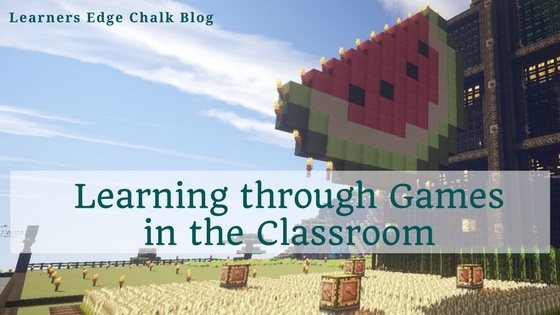It’s 1982, and my dad’s excited about a game he has for us on the Apple 2. It’s on a floppy disk, back when they were actually floppy 8×8 squares. It’s called Oregon Trail, and it traces the journey of pioneers out west. Lots of decisions for my 9 year old self- what should I hunt? How do I keep my “family” safe in the game? Unfortunately, more often than not, this kind of thing happened in the game because of various choices I made:

Image credit: http://www.thetechologyshow.com/new/wp-content/uploads/2012/09/you-have-died-of-dysentery-960×250.jpeg
It wasn’t pretty, and it had its limits, but Oregon Trail was one of the first widely available video games in education for the average computer user. Now, Oregon Trail has been rebooted and is a favorite for kids and grownups alike. It’s still educational, and it has a loyal following. It’s an example of how learning can be fun and engaging, but now, it’s just one of thousands of examples available in the digital world.
Fortunately for educators and parents, the world of gaming in education has exploded with amazing apps and online programs that cater to every educational concept under the sun. Using video games in the classroom allows students to be active participants in their own learning. Everything from physics to reading and from geometry to world languages has a game to engage students, and help them learn and understand the content. The popular game Minecraft has just released a version for education-purposes only, and it’s showing that students are not only engaged, but invested in building and expanding on their virtual worlds. Education-based websites like Edutopia, Read, Write, Think, and Scholastic continue to tout the positive results of learning through games in the classroom.
There’s still some push backabout gaming in education: concerns over excessive screen time, elimination of teacher-student interaction time, and replacement of interpersonal relationship building with other students. However, by and large, games in the classroomare playing a very active role in student learning, and an expanding number of teachers are able to see the benefits of not only exposing students to existing content-driven games, but the development of their own games to reinforce student learning.
Here are some great additional resources
- https://www.edutopia.org/game-based-learning-resources
- Capterra lists top websites for educational gaming
- TeacherVision
- FunBrain (K-8)
- Arcademics (arcade gaming with an educational focus)
Interested in the research around gaming in education? Want to know why your students are nuts about Minecraft? Want to learn more about how you can incorporate gaming in your instruction? Enroll in Learners Edge Course 803: Gaming in the Classroom: Level Up with Digital Natives and explore how you can incorporate gaming in your classroom to allow your students to achieve new levels, and acquire new skills and knowledge.
***






